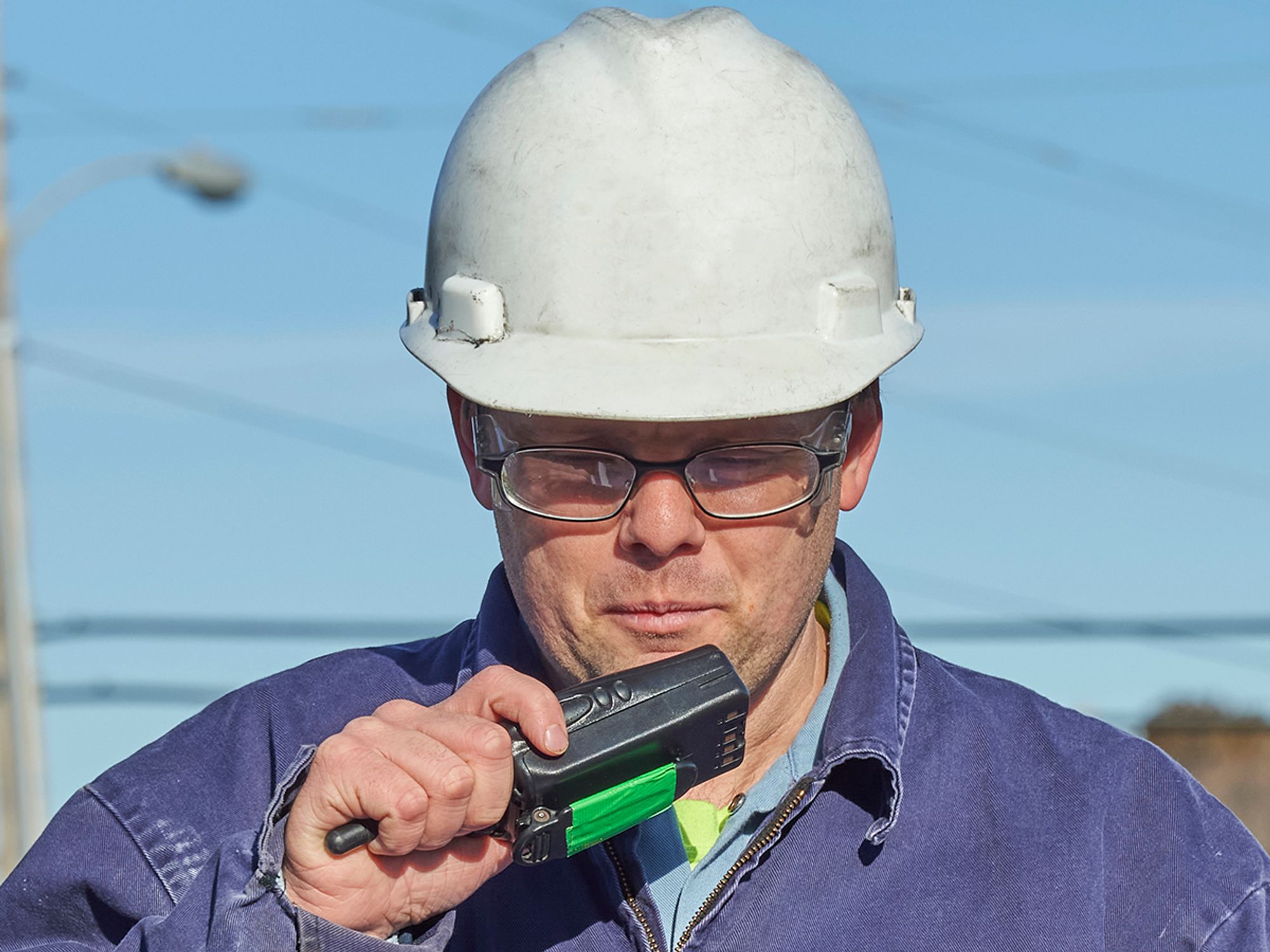InstituteEmergency Planning - OSHASafety & HealthEmergency PreparednessEmergency Planning (OSHA)General Industry SafetyIn Depth (Level 3)EnglishAnalysisFocus AreaUSA
Establishing communication systems
['Emergency Planning - OSHA']

- Communications are critical for everything from reporting emergencies to keeping in contact with customers and suppliers.
- Employers should prioritize their facility communications to understand which communications need to be restored first in an emergency.
- Employers need to establish procedures for their employees to report emergencies, and train employees on those procedures.
Communications are needed to report emergencies, warn personnel of the danger, keep families and off-duty employees informed about what’s happening at the facility, coordinate response actions, and keep in contact with customers and suppliers.
Employers must plan for all possible contingencies from a temporary or short-term disruption to a total communications failure. Some things to consider include:
- Everyday functions performed by the facility and the communications, both voice and data, used to support them.
- Business impact if communications were inoperable. How would this impact emergency operations?
- Prioritization of all facility communications, and determining which should be restored first in an emergency.
- Procedures for restoring communications systems. Employers should talk to communications vendors about emergency response capabilities and establish procedures for restoring services.
- The need for backup communications for each business function. Options include messengers, telephones, portable microwave, amateur radios, point-to-point private lines, satellite, and high-frequency radio.
Employers must establish procedures for employees to report an emergency and then train employees on those procedures. Personnel assigned to specific notification tasks must be trained on those tasks. Employers should:
- Post emergency telephone numbers near each telephone, on employee bulletin boards, and in other prominent locations.
- Maintain an updated list of addresses and telephone numbers of key emergency response personnel (from within and outside the facility).
- Explain to each employee the preferred means of reporting emergencies such as manual pull box alarms, public address systems, radio, or telephones.
- Listen for tornado, hurricane, and other severe weather warnings issued by the National Weather Service.
- Determine government agencies’ notification requirements in advance. Notification must be made immediately to local government agencies when an emergency has the potential to affect public health and safety.
- Prepare announcements that could be made over public address systems.
- Make sure that all emergency messages have priority over all non-emergency messages.
